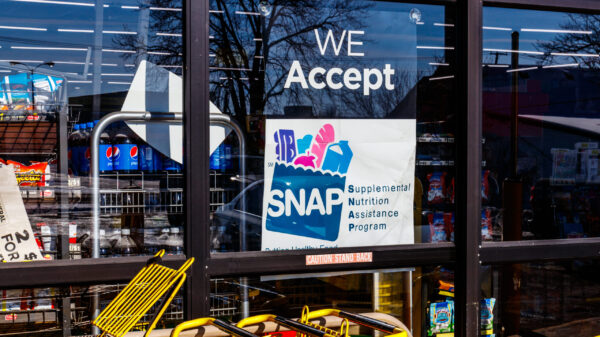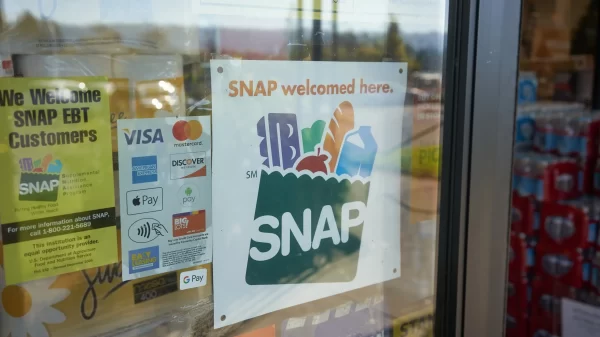By Samuel Mattison
Alabama Political Reporter
Alabama ranked 9th in the nation for the percentage of households that use the government food stamps program Supplemental Nutrition Assistance Program(SNAP) according to a new report by the Food Research and Action Center.
Alabama tied with West Virginia for the 9th rank with 16.1 percent of households using SNAP. The report, which compiled data over a 5-year period, said SNAP reaches 846,000 individuals on average each month in Alabama.
SNAP also assist 416,000 households across Alabama. Of these households, 47 percent have children.
The study found that rural and small towns are more likely to rely on SNAP than metro areas. In Alabama 21 percent of rural households relies on SNAP while only 15 percent of metro households rely on SNAP.
Greene County, which is classified in the report as rural, is the Alabama county which relies the most on food stamps with 42 percent of households relying on SNAP. This also makes it one of the highest counties in the nation that rely on SNAP per household.
The SNAP program’s budget could be significantly cut by President Donald Trump. The new White House proposed budget will cut over $1 trillion in entitlement programs over the next 10 years including over $4 billion in the SNAP program for the 2018 budget. The White House defended the decision by saying the cuts would encourage people to seek employment.
“The Budget provides a path toward welfare reform, particularly to encourage those individuals dependent on the Government to return to the workforce,” The official White House budget proposal read.
The report notes; however, that most of the families on SNAP have at least one working member in the household. In Alabama, 73 percent of families on SNAP have at least one working member. This is 4 percentage points below the national average.
To be eligible for SNAP depends on your household size, gross income and net income. As part of the budget cut, the White House’s proposed changes to the eligibility requirement limiting the amount of people who qualify for welfare programs.


















































